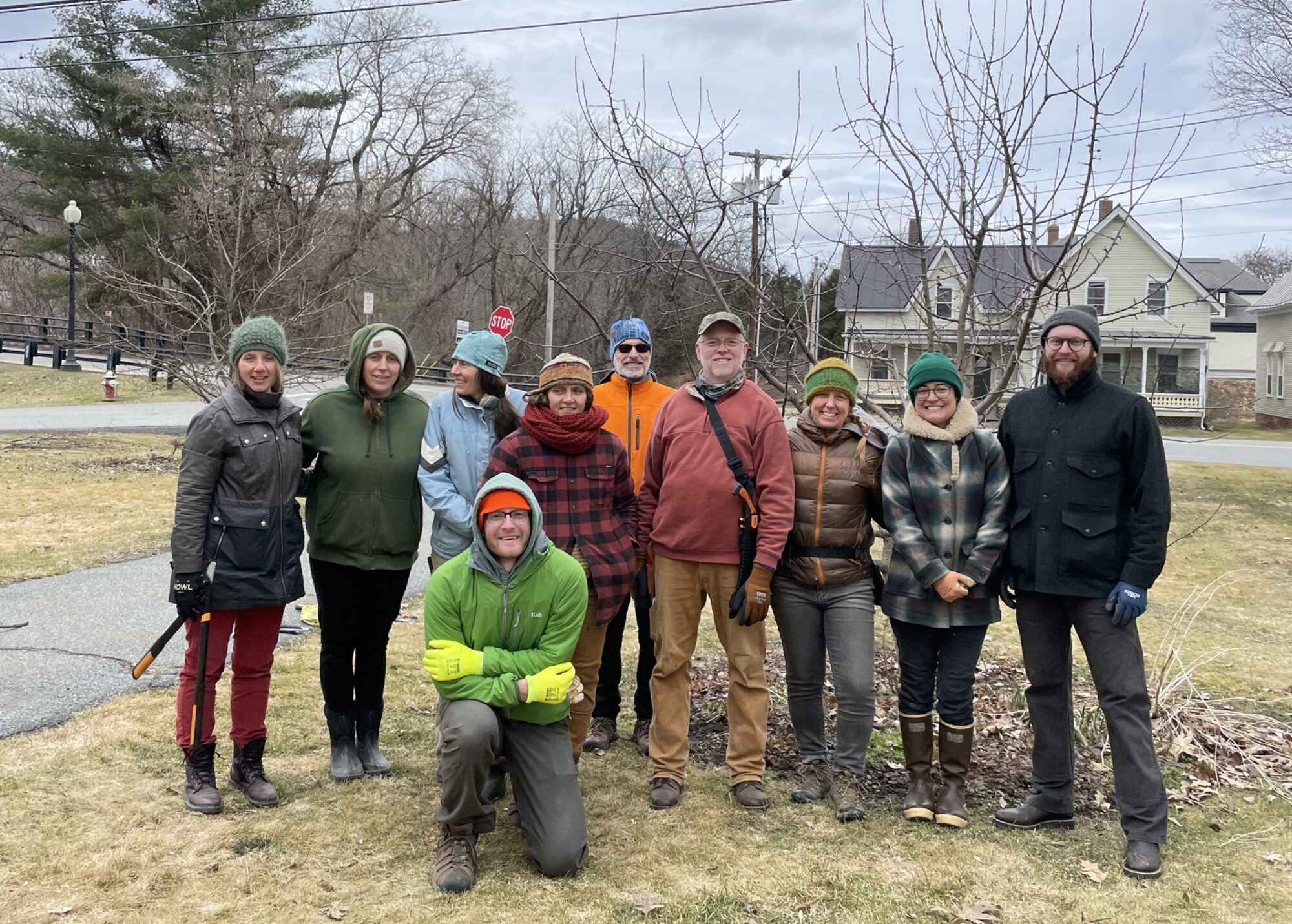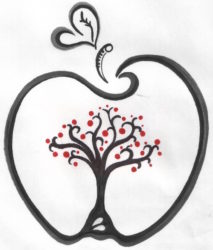The Successful Planting Initiative: Conducting a Site Assessment
By Rick W. Harper
It wasn’t so long ago that we heard from the foremost climate authority (Punxsutawney Phil) that spring is but around the corner. And with increasing daylight hours, this promise seems to becoming evermore true. With the warming temperatures, we tree enthusiasts look forward to breaking ground on some new site on our property or in our community where we can establish (yet) another tree (or population of trees). Whether it is our enthusiasm taking over, or in some cases a lack of awareness, we sometimes forget, however, that many future problems related to any urban planting can often be averted with a simple plan. And that is what a site assessment is: the first step in properly planning a planting initiative.
To start, we need to determine what our objectives are from the planting initiative. Though summed up rather succinctly in that statement, anytime a group of individuals gather to talk about an initiative, there can undoubtedly be differing goals and opinions about how to achieve them. Do we want trees that are attractive because of their flowering habit or bark coloration? How large do we expect these trees to become? Do we want low-maintenance trees that require little water, pruning, and pest management? What about fruit – would this trait be attractive or perhaps a nuisance (says the owner of a mulberry tree (Morus spp.) after they’ve tracked the delicious dark-colored, juicy fruit into their house)?
After we’ve sorted out what we want in terms of tree “performance” the real work begins regarding understanding the many factors that we must consider relative to site conditions – here are just a few:
Climate Compatibility: There are many sources that we can examine to better identify what the specific climatic conditions are in our communities or landscapes. The Sunset Garden Calendar and USDA Plant Hardiness Zone Map are two commonly accepted guides to determine the climatic conditions on a site set aside for planting.
Light Levels: There of course are varying degrees of understanding light levels on a given location, but we often define a site that features ‘full sun’ as experiencing six hours or more of direct sun, while a site that features ‘partial sun’ as experiencing less than six hours of direct sunlight. A site that experiences no direct sunlight is classified as ‘shady.’
Temperature Variations: The very nature of the urban environment dictates variety and its effect on growing conditions is no exception: Are there nearby structures that reflect heat, or affect wind patterns? Are there nearby bodies of water that help to moderate temperatures?
Soil Compaction: Since soil compaction and useable soil space is considered by many sources to be the key impediment to urban tree health and longevity, the examination of this environment can often play a large role in determining the success (or failure) of a planting initiative. The use of a simple tool known as a penetrometer can help us to understand if the roots of a newly planted tree will be able to penetrate the soil in the site, or if other measures (i.e. soil amending or the installation of other more engineered options like a structural soil or suspended pavement) are needed to enhance rooting space.
Soil Conditions: Other important soil considerations must also be factored into the equation including Drainage, pH, Texture, and Disturbance (i.e. soil layering or contamination). Though understanding all of these factors in relation to the future health and performance of a new planting is extremely important, most of these variables can be better understood through simple (and often quick) field testing.
Spatial Constraints: Many above-ground spatial considerations must be considered, including distance from the planting site to nearby buildings, other trees, and, of course, utility lines. Additionally, many below-ground spatial considerations can impact the health of new urban trees, including underground utilities, useable soil volume limitations (as previously mentioned), contaminated soil, or buried debris.
Other Considerations: Though this list is a good start, it is hardy comprehensive as there are many other factors that may still warrant further consideration: Is the planting site exposed to road salt? Are other environmental issues present in this location, such as flooding or soil erosion? What are other nearby plants (i.e. ‘indicator species’ ) telling us about the site? The presence of clover for example, (Trifolium spp.) may indicate poor fertility while the presence of bentgrass (Agrostis spp.) may indicate excessive moisture.
After spending time understanding these various factors, it is prudent to return to the initial stage – figuring out the objectives desired from the planting initiative in question. From there we move to what many consider the most fun of all: the plant selection phase!
This setback planting may be growing in a more conducive soil environment as this site already fosters more attractive plant cover (i.e. healthy turfgrass).
Current indicator species on this site (i.e. crabgrass) may indicate rather inhospitable conditions such as excessive compaction or dryness.
(This article is the first in a series about successful planting in the urban environment; the next installation will discuss ‘proper tree selection’ ).
Rick W. Harper, serves as Extension Assistant Professor of Urban & Community Forestry, UMass Department of Environmental Conservation, Amherst, and is also an ISA Board-Certified Master Arborist.

